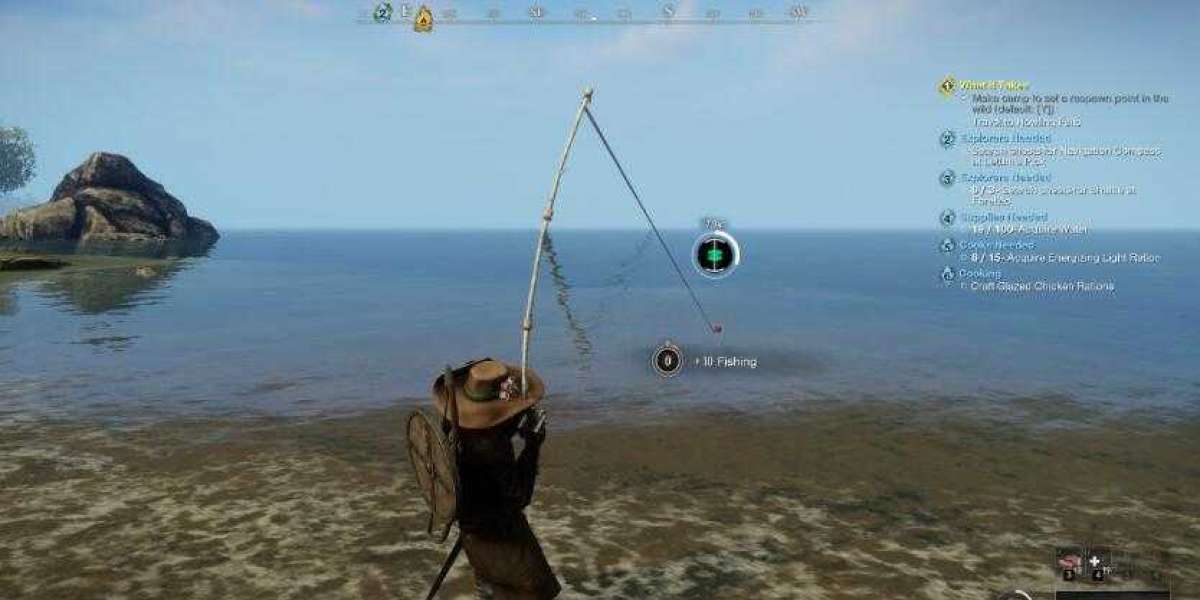Connor McDavid is fast. That, we can see. But how fast is he, exactly? What's his top speed? How often does he put the pedal down? How does the Edmonton Oilers center compare to other players?Now we can find out that info and much, much more thanks to NHL EDGE. The NHL launched the website NHL. com EDGE on Monday as the next phase of the development of its Puck and Player Tracking technology, giving the public access to some of the same data available to teams and broadcasters. The rabbit hole runs deep for skaters, goalies and teams, with new ways to look at things like skating speed, skating distance, shot speed, shot location and zone time. 'We've been working on this for years,' said Russell Levine, NHL group vice president, statistics and information. 'You've seen it in broadcasts with the shot speeds and player identification. What we want to do is bring some of that to fans. ' Here's an overview of NHL EDGE For about a century after the NHL's founding in 1917, we measured skaters, goalies and teams with basic statistics. Then we developed so called 'advanced stats' like shot attempts, a proxy for puck possession, trying to make better sense of a dynamic, chaotic game . The NHL has spent the past decade exploring new tech to gather new data. Puck and Player Tracking became fully operational in 2021 22, with up to 20 cameras in each arena and infrared emitters in each puck and sweater. The cameras detect infrared signals from the pucks up to 60 times per second and the players up to 15 times per second, generating millions of raw location data points. 'The challenge with this work is, how do you take all that raw positional data and create some meaningful information out of it?' Levine said. 'The logical starting place is measurables speeds, distances, frequencies, locations and so that's what we've done here on the site. 'The League developed the site with NHL partner Sportradar, a sports tech company. The site makes the complex simple. It leads with short videos that explain the main metrics. It states the definitions of the main metrics and includes a glossary of terms. Track players and gain insights in all three zones It is not meant to be a comprehensive data dump. It is meant to display curated data. There are top 10 rankings for the main metrics and individual pages for each skater, goalie and team, focusing on their top performances. You can sort in different ways. You can compare skaters, goalies and teams to each other and even to themselves from, say, one regular season to another or from, say, the regular season to the Stanley Cup Playoffs. The data goes back to 2021 22. The site refreshes overnight each day due to the complexity of the calculations. 'It's just the reality of how long it takes,' Levine said. Some things are descriptive and fun. Others are more insightful. Let's take a quick look at the 2022 23 regular season, giving us a good sample size. Then Pittsburgh Penguins center Ryan Poehling had the top speed at 24 . 32 miles per hour. McDavid was sixth at 24. 16, but he had the most bursts of 22 miles per hour or more 81. He also logged 309. 43 miles, most in the NHL. It's like he skated from Edmonton to Calgary, turned around and made it almost back to Red Deer. Then Florida Panthers defenseman Radko Gudas had the hardest shot attempt at 101. 71 miles per hour. But New York Islanders defenseman Ryan Pulock had the most shot attempts of 100 miles per hour or more 12. NHL EDGE divides the offensive zone into regions based on the volume and accuracy of shots on goal, defining, for instance, the all important, 'high danger' area in front of the net. Keep track of where a player is shooting the puck Oilers forward Zach Hyman had the most shots on goal 179 from the high danger area, and Edmonton had the most shots on goal 932 and goals 178 from there as a team. Tampa Bay Lightning center Brayden Pointscored the most goals 36. Anaheim Ducks goalie John Gibson faced the most shots on goal 641 and made the most saves 527 from the high danger area, while Toronto Maple Leafs goalie Ilya Samsonovhad the highest save percentage . 875. 'We have not given this information before,' Levine said. 'We have not standardized these locations before into zones. 'NHL EDGE defines zone time as the percentage of time the puck spends in each zone while a player is on the ice. You can sort by strength. The 10 skaters who spent the most time in the offensive zone and the least time in the defensive zone played for the Carolina Hurricanes . No surprise. The Hurricanes led the NHL in offensive zone time at even strength 47. 0 percent and spent the least time in the defensive zone 34. 1 percent. That makes sense, considering they led the NHL in shot attempts percentage at 5 on 5 60. 4 percent. 'Something as simple as knowing where the puck is when a player is on the ice tells you something about that player that traditional statistics have never told you,' Levine said. This is just a glimpse of what NHL EDGE can do now, and what NHL EDGE can do now is just a glimpse of what it could do in years to come. The data, and the analysis of it, will continue to evolve. 'We want to present the information and let people interpret it for themselves,' Levine said. 'I think more complex metrics will come that start to give you deeper insights in the future. '
À propos
-
Devenez cette étoile ★ (bideew), faites de nouvelles rencontres sur la plus grande communauté en Afrique et partagez vos meilleurs moments avec vos proches
Recherche
Publications populaires
-
 Повысьте свой уровень образования: Купите дипломы любого уровня для расширения своих знаний
Повысьте свой уровень образования: Купите дипломы любого уровня для расширения своих знаний
-
 Üsküdar su kaçağı tespiti
Üsküdar su kaçağı tespiti
-
 Take a Rollercoaster Ride with Our Exciting Video Tonight!
Take a Rollercoaster Ride with Our Exciting Video Tonight!
-
 LES 9 TYPES D’ONCTION DANS LA BIBLE (Toute autre “ONCTION” vient du diable)
LES 9 TYPES D’ONCTION DANS LA BIBLE (Toute autre “ONCTION” vient du diable)
-
 Купить диплом с бесплатной доставкой: Успешное будущее на расстоянии одного заказа
Купить диплом с бесплатной доставкой: Успешное будущее на расстоянии одного заказа









